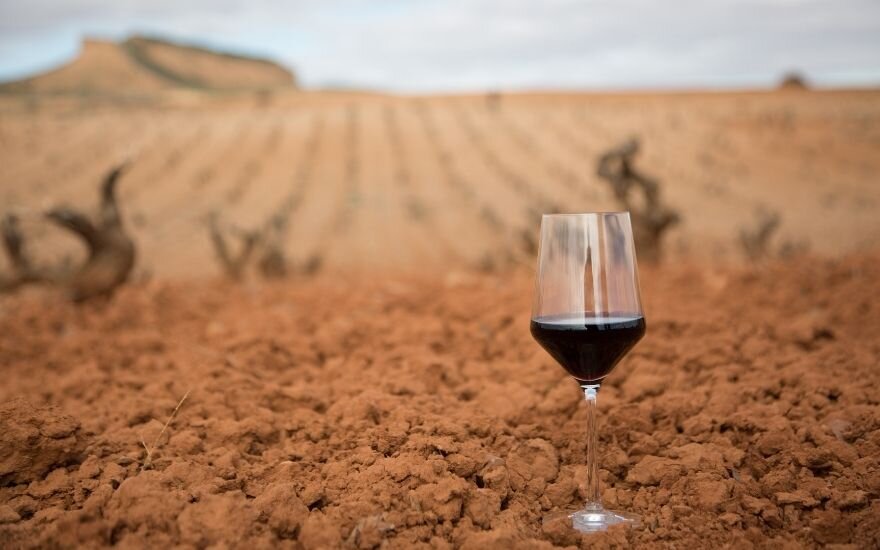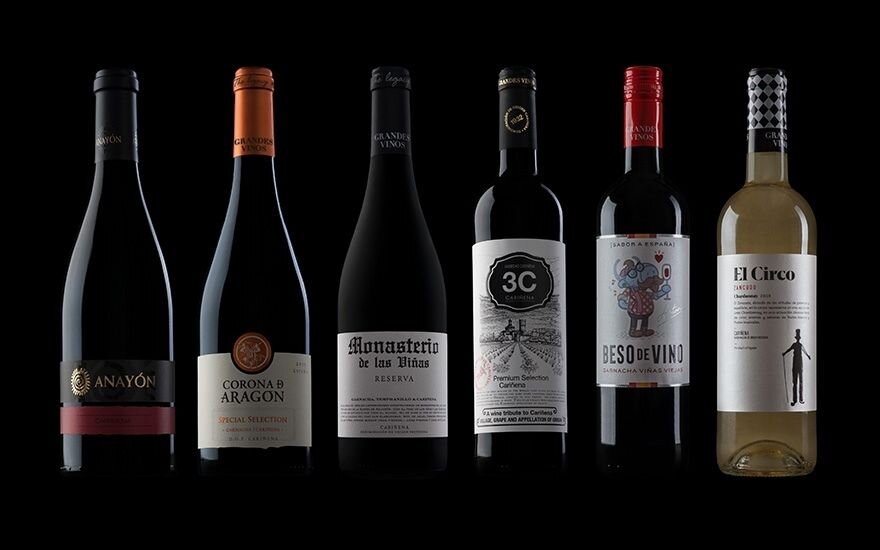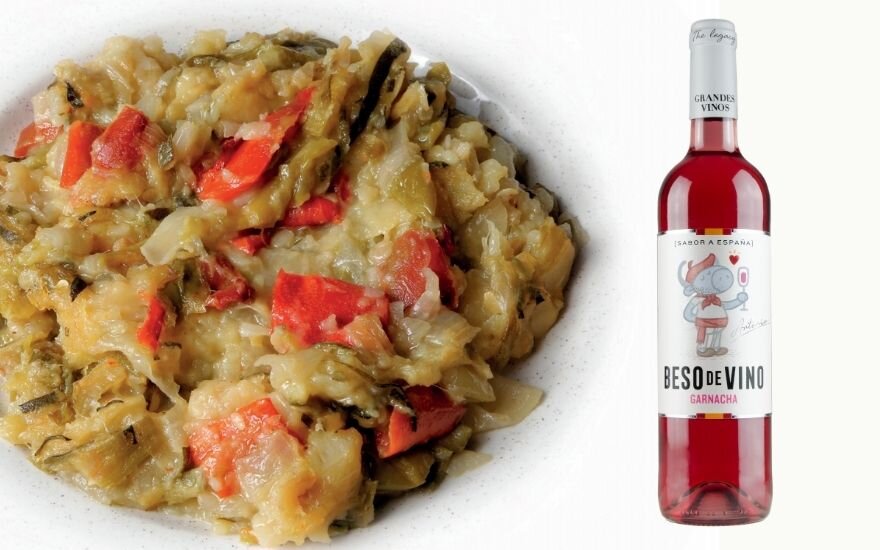Words by Helena Nicklin
In the Northeast of Spain, nestled within the Ebro Valley of Aragón between Barcelona and Madrid, is a wine region that to any non Spaniard, once they discover it, seems to be the country’s best kept secret for wine: Cariñena. Brimming with history and some of the oldest vines in Spain, Cariñena is one of those areas that should absolutely be on your radar. For despite its long history and old vines, which produce wines with complex and intense flavours, its more famous neighbours (Rioja and Ribera del Duero) steal the limelight - but also, the price tags. Cariñena wines show impressive quality for their prices. Here’s more about some of those reasons why.
The Cariñena Wine Region
History
Evidence has been found of winemaking in Cariñena since the 1st century, where wine was aged in earthen vats. The Iberians talked about wild vines and after them came the Phoenicians who brought with them various cultivation techniques. As so often happens however, it was the Romans who helped increase in the production of wine and ever since then, wines from Cariñena found their place at important, historical moments, as gifts from royalty (Ferdinand 1 was a big fan and took it with him on his tours) to playwrights and philosophers. Such was Cariñena city’s vinous legacy, King Alfonso XIII granted it official city status in 1909 in recognition of this and its key role in the fight against phylloxera, the wine louse that decimated many European vineyards in the years before. The fact that the region itself gave its name to a grape that now has international fame, Cariñena, also known as Carignan, Samso and Mazuelo, speaks volumes of its wine culture.
The Wine
Since 1932, the Cariñena wine region has had its own Protected Denomination of Origin (Denominación de Origen Protegida) or ‘DOP’, similar to the French appellations, which simply means that wines are made according to rules that protect authenticity and quality - and it’s quality well worth protecting, thanks to its varied terroirs.
A diversity of wine styles
Cariñena is celebrated for its old vines at different altitudes, its soils with ancient stones and a special wind known as ‘el cierzo’, that helps bring unique characteristics to the wines of the area. Growing in these soils are grapes indegenous to the region, with two in particular sharing the crown: Garnacha (also known as Grenache) and of course, Cariñena, which we know better in the UK & US as Carignan(e), both of which have an impressive number of vines over 45 years old. The Cariñena region is the true home of the Cariñena and Garnacha grapes; you could do a masterclass in them just from this region alone, discovering the juicy, modern, fruity styles all the way up to the more complex, spicy and aged wines from the older vines.


















